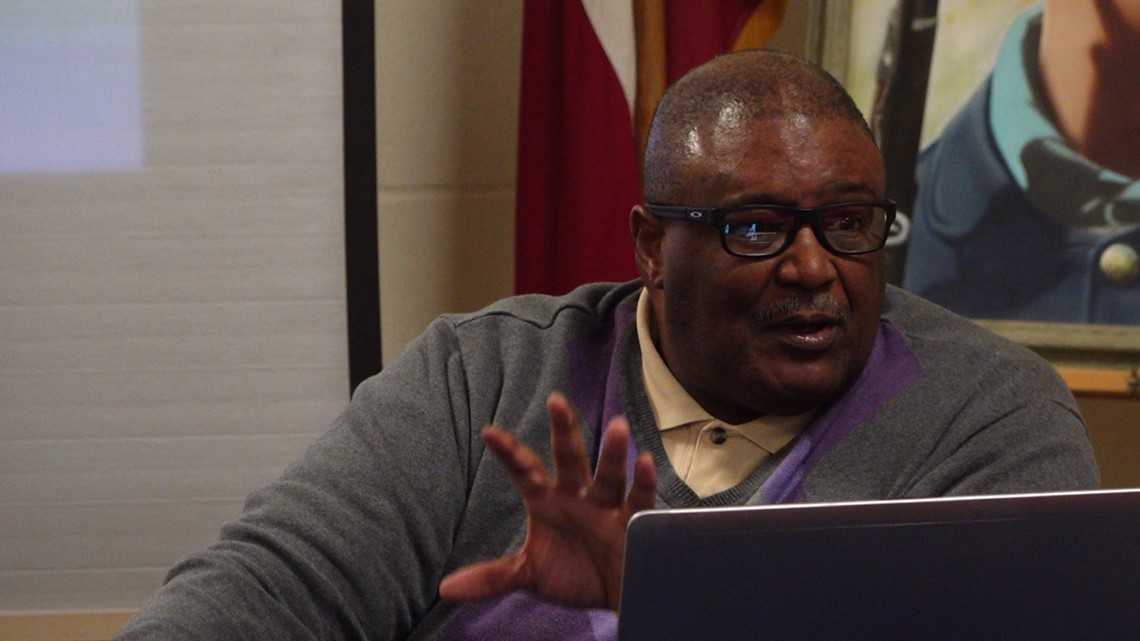SAN ANGELO, Texas — Forget Punxsutawney Phil.
That frightened little marmot from Pennsylvania need only ask a baseball fan when winter is ending. And it’s got nothing do with his shadow—or even the weather, for that matter.
Baseball fans know that spring hasn’t really sprung in America until the crack of the bat starts echoing across Arizona and Florida.
Considering the ongoing MLB lockout debacle, the future of the 2022 season currently seems more up in the air than a high changeup swung on by Mike Trout, but West Texas fans can still get a fix by delving into baseball’s past, courtesy of the Col. Abner Doubleday/Judge Howard Green West Texas Chapter of the Society for American Baseball Research.
Members from SABR, which has chapters nationwide, met Saturday morning at Fort Concho’s Living History Stables for their Fifth Annual Baseball Heritage Symposium, to cover a variety of topics, including baseball in San Angelo from 1880-1960; a brief history of Black and Native American players in Oklahoma; analogies between baseball and the bible; the Vintage Base Ball Association’s rules and state of play; an outdoor demonstration of period baseball; trivia; and of course an abundance of anecdotes and interesting facts from San Angelo SABR aficionados Dr. Warren Simpson, Dr. John Winters, Bob Bluthardt, Dr. Ron Rainwater, Al Pickett and Cory Robinson.


"In 2006, a group of people got together, predominantly from Angelo and Abilene," Simpson said. "There were a lot of history professors and students in that group, and that's when we started the chapter."


There are plenty more meetups planned throughout the year (in-person as well as Zoom from around the country). Annual memberships range from $25 to $65, and a monthly subscription is also available for $6.95 per month.
For more information, call Warren Simpson at 325-669-2878, Bob Bluthardt at 325-234-0316, or visit sabr.org.
It may get you through to a late start on the season and a very uneventful spring, assuming Major League Baseball doesn’t pull itself apart by its thin, red seams first.



